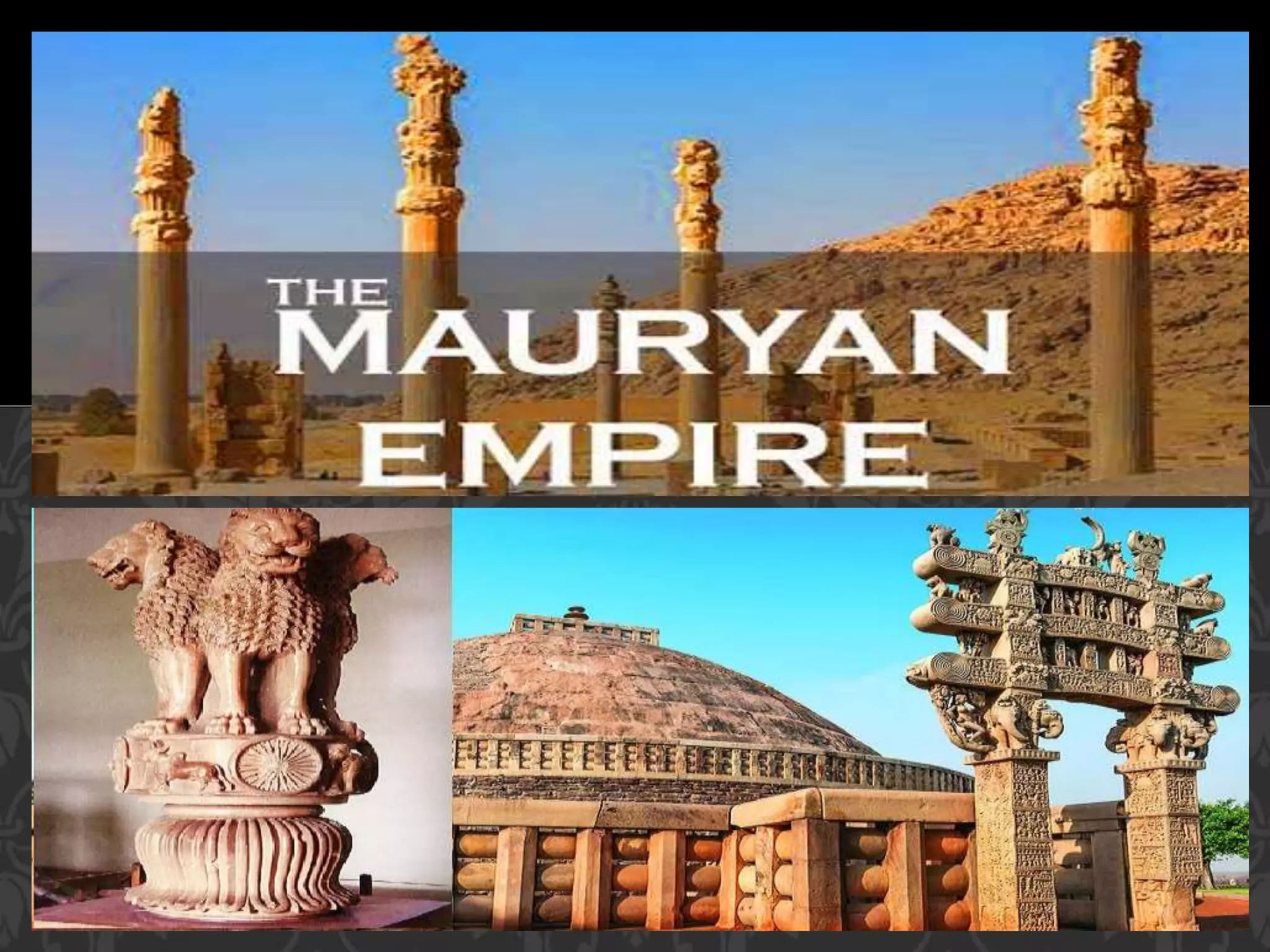Font size:
Print
ESO’s ANDES Project
Context:
Recently the European Southern Observatory (ESO) has signed an agreement for the design and construction of the ArmazoNes high Dispersion Echelle Spectrograph.
More on News
- The advanced instrument will be installed on ESO’s Extremely Large Telescope (ELT) in Chile’s Atacama Desert.
- The University of Cambridge is part of the ANDES project, which includes scientists from 13 countries.
- The instrument will explore exoplanet life, discover the first stars, test physics constant variations, and measure the acceleration of the universe’s expansion.

Key Highlights
- Search for Signs of Life in Exoplanets:
-
- It will conduct detailed surveys of the atmospheres of Earth-like exoplanets, allowing astronomers to search extensively for signs of life.
- Its high wavelength precision in the visible and near-infrared regions of light will enable precise chemical analysis.
- Explore the Early Universe:
-
- It will analyse chemical elements in faraway objects from the early universe.
- It is likely to be the first instrument capable of detecting signatures of Population III stars, the earliest stars born in the universe.
- Test Fundamental Constants of Physics: Astronomers can use ANDES’ data to test if the fundamental constants of physics vary with time and space.
- Measure the Acceleration of the Universe’s Expansion: It will directly measure the acceleration of the universe’s expansion, addressing one of the most pressing mysteries in cosmology.
Population III stars
- Primitive origin: formed from primordial gas, not enriched by metals from previous star generations.
- Extremely low, [Z/H] value around -10, indicating almost no metals.
- Estimates range from 10 to 1000 solar masses.
About:
ANDES, formerly known as HIRES, is a powerful spectrograph that splits light into wavelengths, enabling astronomers to determine properties like chemical compositions of astronomical objects.
- Wide Spectral Range: The instrument will cover a range of 0.4 – 1.8 μm at a spectral resolving power of R~100,000 for a single object.
- Modular Design: It is designed as a modular fibre-fed cross-dispersed echelle spectrograph with two ultra-stable spectral arms.
- Adaptive Optics: The instrument will include an IFU mode fed by a single-conjugate adaptive optics (SCAO) module to correct for the blurring effect of turbulence in the atmosphere.

ESO’s Extremely Large Telescope (ELT)
- Largest Optical/Infrared Telescope: It will feature a 39-meter main mirror, making it the largest visible and infrared light telescope globally.
- Sharper Cosmic Views: These will provide sharper images of cosmic objects than ever before.
- Scientific Capabilities
-
- Instrument Lineup: Equipped with cutting-edge instruments for a wide range of scientific applications.
- Earth-like Planets: These will track down Earth-like planets around other stars, potentially finding evidence of extraterrestrial life.
- Early Universe Exploration: Will probe the furthest reaches of the cosmos, revealing properties of the earliest galaxies.
- Dark Universe: Investigate the nature of dark matter and dark energy.
- Historical Impact
-
- Paradigm Shift: Comparable to the revolutionary impact of Galileo’s telescope 400 years ago.
- Development and Construction
-
- Approval and Construction: Approved in 2012, with construction beginning in 2014 at Cerro Armazones in Chile’s Atacama Desert.
- Engineering Marvel: Involves the construction of a massive telescope dome and mirror casting.

